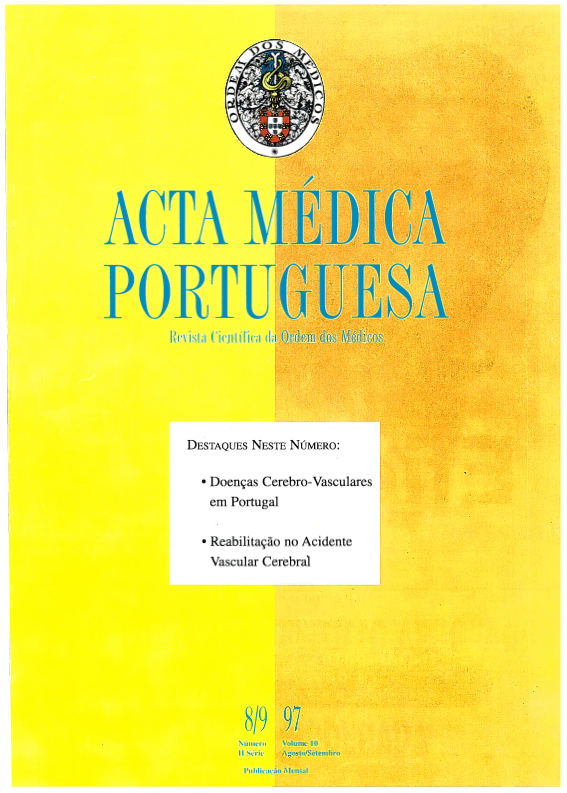Estratégias terapêuticas em epilepsia.
DOI:
https://doi.org/10.20344/amp.2461Resumo
With the advances in the so-called classic antiepileptic drugs (AED)--carbamazepine, phenobarbital, phenytoin and valproate--monotherapy has become the most popular strategy for the treatment of epilepsies, based on their unquestionable clinical efficacy and on frequent drug interactions and teratogenesis caused by polypharmacy. The choice of an AED should be ruled by its efficacy against a given seizure type; by its toxicity, either acute, dose-related or idiosyncratic, or chronic, due to the length of therapy or AED dosage; by its capacity to interact with other drugs, either AEDs or not, mainly through pharmacokinetic interactions, leading to fluctuation in the plasma concentration of the target drug and hence decreased in their efficacy; by its potential cognitive and behavioural side effects; by its teratogenesis which is common to all AEDs; by its cost. Despite their efficacy, about 35% of the patients are inadequately treated with monotherapy, partial, symptomatic or associated to encephalopathy being the most frequent of their seizures. For this particular group, the association of two AEDs could play an important role. The increasing knowledge of the mechanisms of the new generation of AEDs, such as vigabatrin and lamotrigine, and their favourable pharmacokinetic and pharmacodynamic profiles, rise to the new concept of rational polytherapy which allows an additive or supra-additive therapeutic efficacy, a limited toxicity, a decrease in drug interactions and an increased compliance. Although monotherapy should continue to be the choice therapy for epilepsies, this concept could be a reasonable and early option in the treatment of some refractory epilepsies.Downloads
Downloads
Como Citar
Edição
Secção
Licença
Todos os artigos publicados na AMP são de acesso aberto e cumprem os requisitos das agências de financiamento ou instituições académicas. Relativamente à utilização por terceiros a AMP rege-se pelos termos da licença Creative Commons ‘Atribuição – Uso Não-Comercial – (CC-BY-NC)’.
É da responsabilidade do autor obter permissão para reproduzir figuras, tabelas, etc., de outras publicações. Após a aceitação de um artigo, os autores serão convidados a preencher uma “Declaração de Responsabilidade Autoral e Partilha de Direitos de Autor “(http://www.actamedicaportuguesa.com/info/AMP-NormasPublicacao.pdf) e a “Declaração de Potenciais Conflitos de Interesse” (http://www.icmje.org/conflicts-of-interest) do ICMJE. Será enviado um e-mail ao autor correspondente, confirmando a receção do manuscrito.
Após a publicação, os autores ficam autorizados a disponibilizar os seus artigos em repositórios das suas instituições de origem, desde que mencionem sempre onde foram publicados e de acordo com a licença Creative Commons









